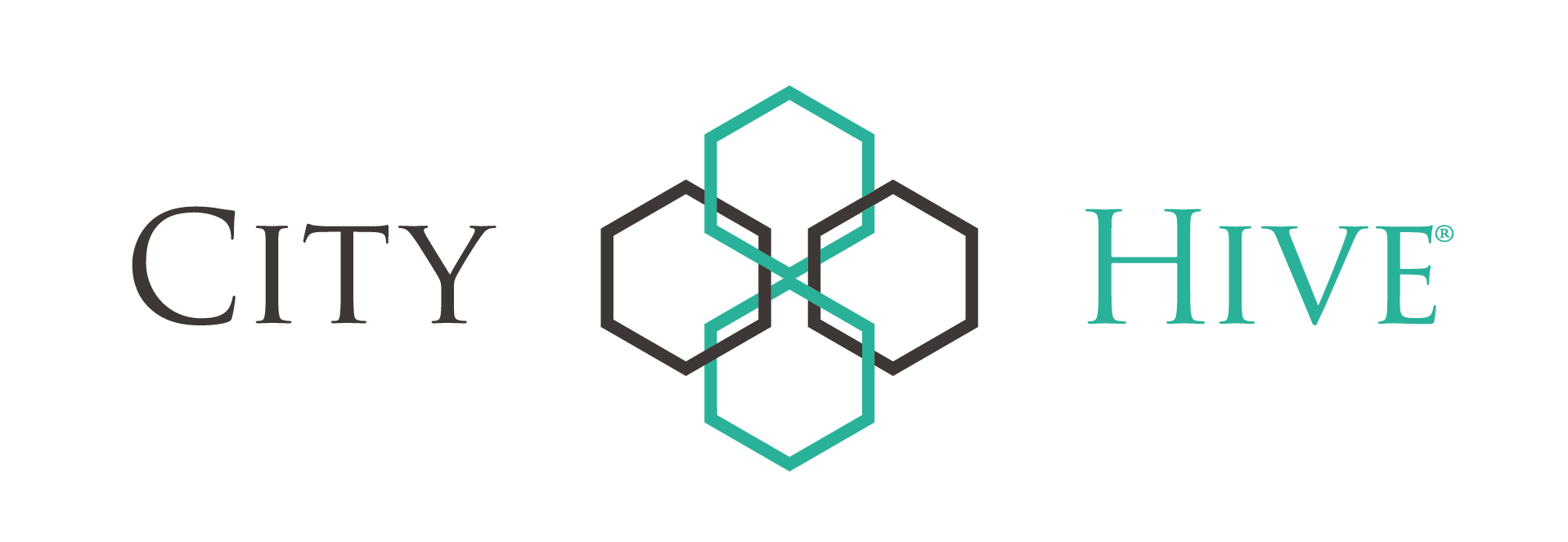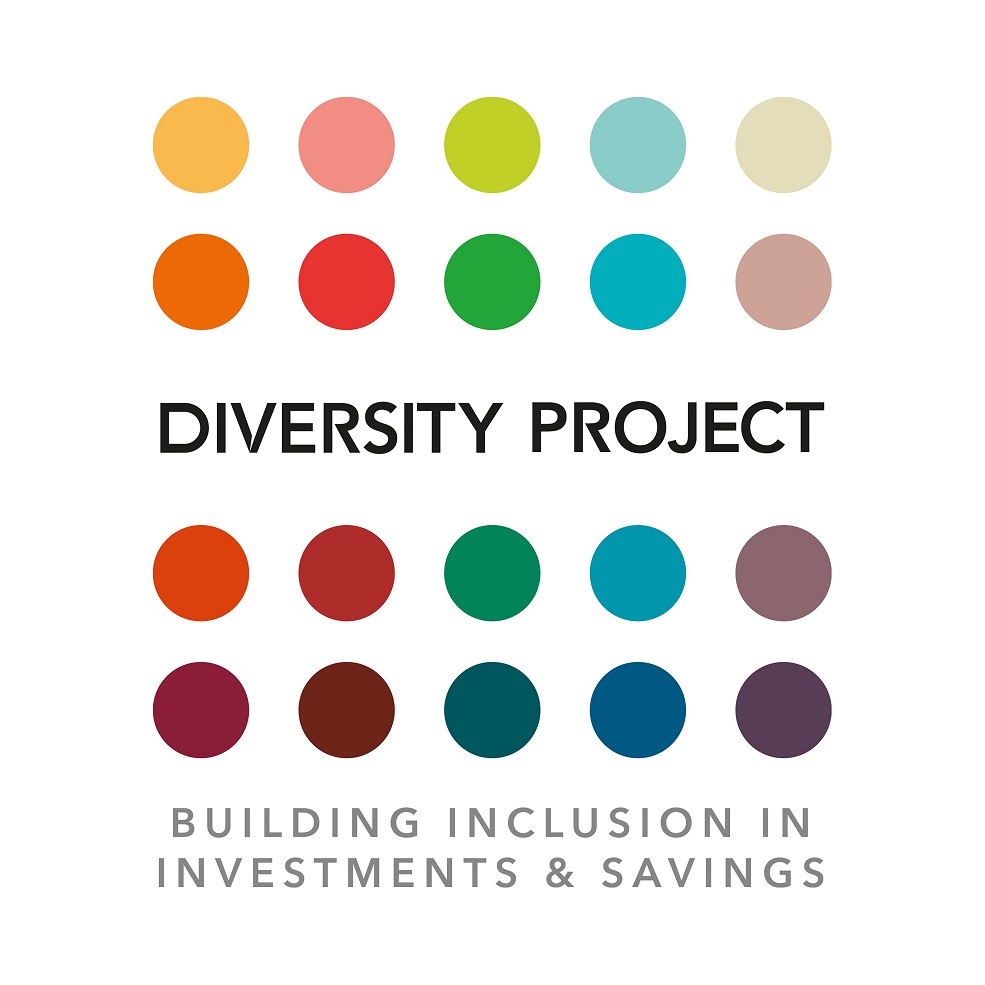There’s nothing more irrational and banal than a new year refresh. But we all instinctively do it, so head of multi-asset investments David Coombs took the time to review the prospects for AI and healthcare.

New Year, New Me
I’ve always found New Year’s Eve a bit depressing. It always feels like your birthday but without the celebration – unless you love sword dancing. That new year number moves one year even further away from your birth year. When I have to enter my date of birth online, I have to scroll for, what feels like, minutes until I get down to 1964. The drop-down gets a line longer each year.
I appreciate this may seem irrational. It’s only one more day torn off the desk calendar and immaterial in the grand scheme of time and space. Yet many insist on stating their new year’s resolutions and hope for refreshes or fresh starts. And then you get back to the office and it’s the same all over again. Usually in email form. Ask any investment professional and they will tell you, often quite pompously, that the calendar year has no impact on investment markets as economies and companies continuously trade the year round. Of course, many companies’ fiscal years are very different to calendar years and the quarterly results seasons tend to fall mid-quarters. So, they are right from a rational or theoretical perspective.
And yet, I disagree: I do think the calendar changeover matters. Investment markets are still (for now) driven to a greater extent by humans who are irrational and whose behaviour, in the short term, does move markets and can dictate a change in direction and momentum. Sometimes it even is rational: traders behave differently either side of new year because they are assessed on calendar years for their performance.
I hear you if you read this and are thinking, “Yes, but what about the fact that the Chinese New Year is different?” It’s a good point, yet it’s still the US investor that is the most influential on trading volumes. Witness the big drops in global trading volumes on US public holidays.
So, humour me and let’s look to 2025. First of all, this isn’t just another fund manager giving you a set of predictions or forecasts. To be honest, I’m not sure how useful that is. We don’t decide day-to-day strategy on our own predictions, let alone others’. If you want to see my predictions go to my seasonal – not too serious – predictions blog. If you want to hear how they panned out the previous year, have a listen to our Christmas podcast. So, here are my thoughts/questions as I ponder a new year refresh to our multi-asset portfolios.
AI hype
Is it hype though? I think it might be a bit. OK, I’m not sticking my neck out here. But I do think investors are going to want to see some payback for all the investment in computer chips, power and coders that companies have been making.
Let’s start with the winners so far, those companies designing the chips (Nvidia), making the chips (TSMC), making the machines that make the chips (ASML) or making the machines that design the chips (ASM International). (We own all of these businesses except ASM International.) They have performed extremely well in the main, although ASML had a tougher time in the second half of 2024 when they saw one of their key customers, Samsung, reduce its orders.
We know that AI needs greater and greater computing power, given the amount of data that needs to be consumed and manipulated, so the benefit to those companies in the sectors outlined above is logical. Their customers need to buy the most powerful chips to develop their AI tools and, given scarcity of demand, they are happy to pay up to keep ahead of rivals.
I do question how sustainable this insatiable appetite for memory is though. Surely we have to start to see the real financial benefits brought by AI to the ultimate consumers, be they governments, companies or households. We hear lots of talk of productivity gains, but we’re not really seeing them yet have a material impact.
Like the emergence of the internet, much capital expenditure will turn out to be wasted in the coming years as many companies fail to monetise their AI capabilities.
We are reviewing our technology portfolio and looking to diversify further into other sub-sectors that offer profit growth, but hopefully at valuations more appealing or, at least, less at risk of severe disappointment. There are no cheap technology stocks, but we are hopeful of adding two or three names to our portfolios, away from chips, that may receive a bit more positive attention. That doesn’t mean we exit Nvidia, but we need to be very careful about our position sizing.
Recovery plays
When valuations are high it’s very difficult to find value. One method is to look at companies that have had a difficult period where the market gave no credit to management’s ability to correct any errors in strategy, or companies in sectors where growth has underperformed expectations. Now, you need patience for recovery plays and in multi-asset portfolios we only have room for a handful, but I do think this could be an important element in generating returns this year.
We have a couple of such companies in the portfolio already: diabetes monitoring company Dexcom and pest controller Rentokil Initial. Unfortunately, we already held them before they needed a recovery. However, we have added materially to both at the lower levels and feel confident that they could provide outperformance from here. Both have made mistakes with their sales strategies and have had high turnover in their sales teams. However, these are good businesses with dominant market shares that have acknowledged their mistakes and are putting them right. The share prices won’t move materially until the market sees the results, a case of ‘show don’t tell’. We can be patient.
We are looking for a few other companies that could be added to the portfolio that have the potential to reverse a negative narrative around them in sectors like consumer staples, pharmaceuticals and utilities.
COVID losers
Given we are almost three years into the economic recovery from the COVID upheaval, it’s hard to believe that some sectors are still early in the recovery cycle! Many industries are now close to back to normal, allowing their managers greater clarity around the natural demand for their products and services so they can plan inventory levels and deploy capital as efficiently as possible. However, some sectors are still not there. Healthcare is one. As new UK Health Secretary Wes Streeting has found out, it’s much easier criticising a government for long waiting lists than being the man in charge of bringing them down.
Healthcare stocks were very volatile over the past two years and while there have been some notable winners, weight-loss and diabetes drug maker Eli Lilly and medtech business Boston Scientific for example, the main medical technology and pharmaceuticals industry has been a difficult area to invest in.
In many cases, there’s been limited capacity in hospitals to treat patients, as much an issue in the US as the UK, which has meant demand for equipment has been lower than expected. In addition, in the US healthcare is often a difficult sector during an election year as health is always a political football. If that wasn’t enough, in China a crackdown on procurement processes in this space left investors very uncertain as to future demand from what was one of the largest buyers, especially set against a weak Chinese economy. And I haven’t yet got into weight loss drugs that will soon eradicate obesity!
So, a bit of a perfect storm and yet the long-term tail winds remain in place. Aging populations needing more medical interventions, the need for greater efficiencies in care due to budget constraints and the move to more focus on prevention over treatment. Oh, and obesity is stubbornly still with us despite the wonder drugs. And I suspect still will be, even after the drugs are significantly cheaper.
As we have mentioned previously, we have a significant number of medtech companies in our portfolios and we are currently undergoing a ‘deep dive’ on the sub-sectors to ensure we take the opportunity of maximising the quality of our holdings during a time when the sector is out of favour.
These are just three areas, we’re looking at others as well. I guess the point is that it’s healthy to keep challenging your thinking and convictions. If the change of the year gives you a psychological excuse to accept you might be wrong about a few companies or allows you to really challenge your conviction, then it can be a useful tool. Even if it’s a bit irrational.
The thing is, despite what many fund managers say, I think they do all refresh their thinking at this time of year and may end up looking for ideas in the same place, so it pays to be early. I’m just happy to admit it.
In part two of this blog I will look at bond markets (where long-dated gilts are taking a battering). If you think equities are hard…









